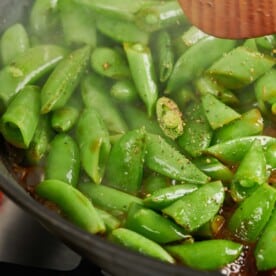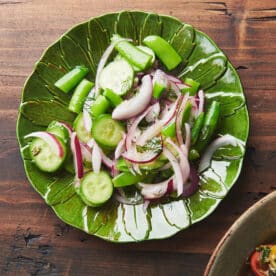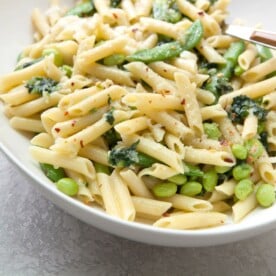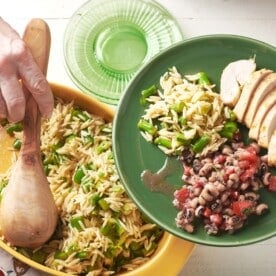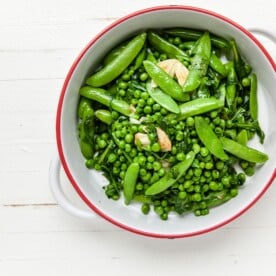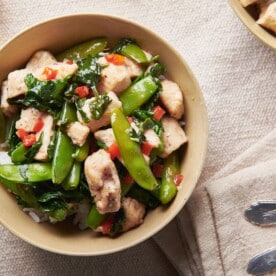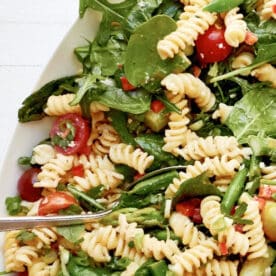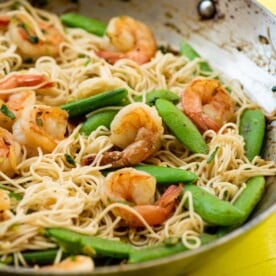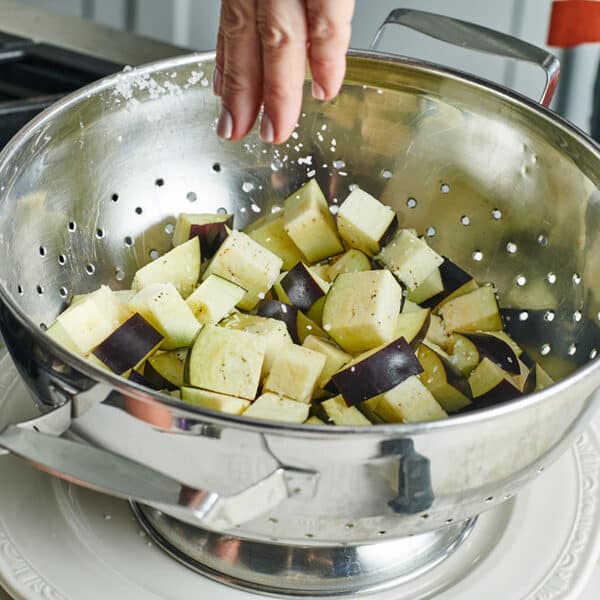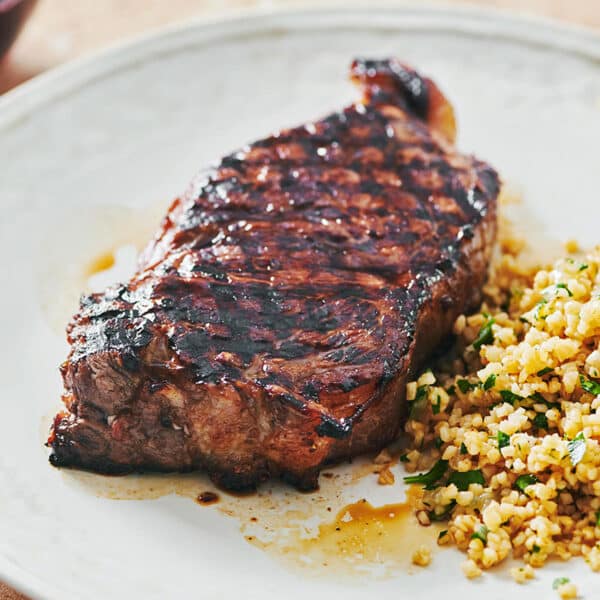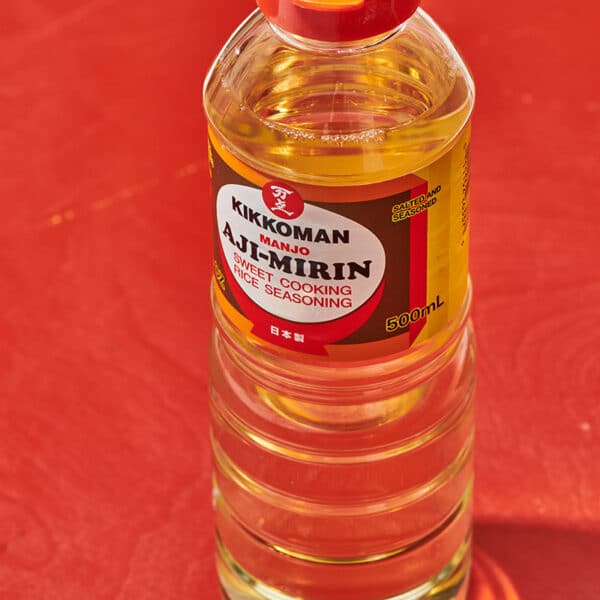How to Cook Sugar Snap Peas
on Mar 12, 2024, Updated Jun 04, 2025
This post may contain affiliate links. Please read our disclosure policy.
An easy and healthy side dish recipe featuring sweet and tender-crunchy sugar snap peas — less than 5 minutes to cook on the stove.
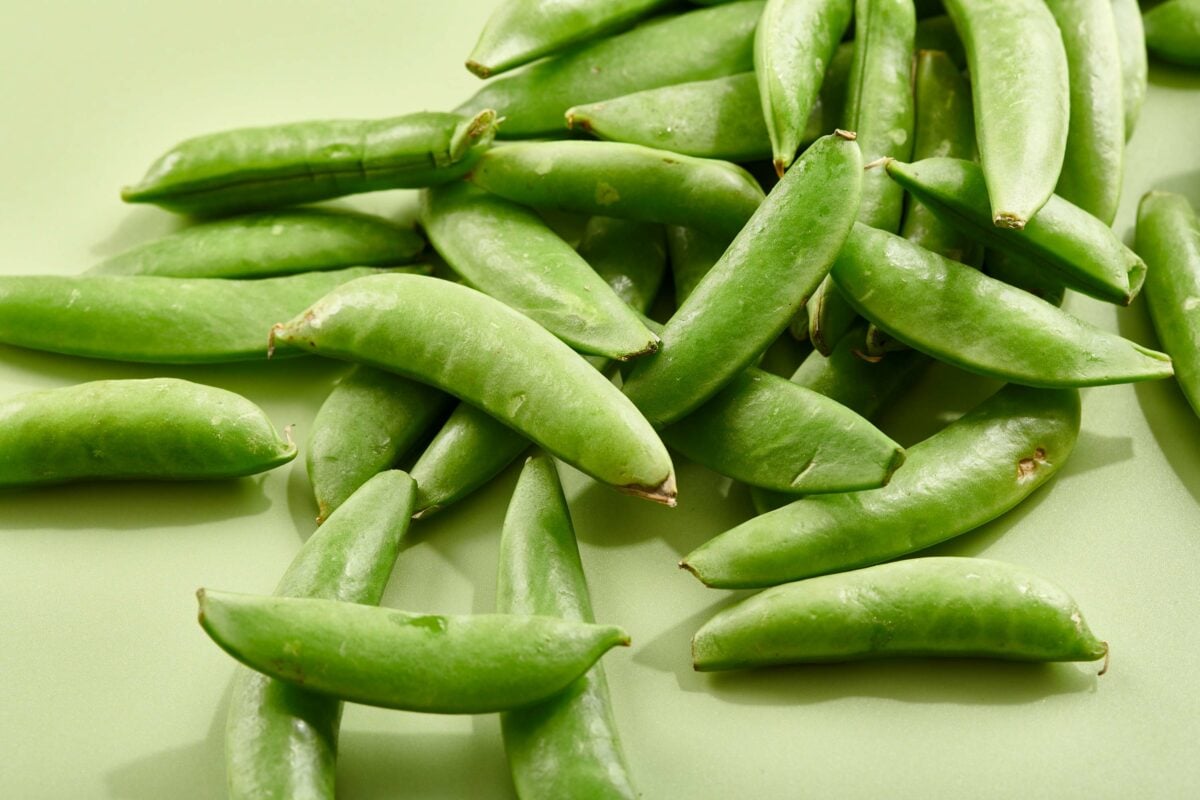
Sugar snap peas, also known as snap peas, are a variety of peas cultivated for their crisp exterior and sweet pea interior. I love them and prefer them to snow peas, which are similar but not as plump or sweet. They are great eaten raw, on their own, with a dip, or added to salads. And they are great sauteed (easy instructions below), and used in stir-fries and vegetable medleys.
Early varieties of the plant originated in Europe and Asia, though they eventually migrated to the U.S. and have since become a beloved crop grown nationwide. This particular pea was cultivated in the 1970s as a perfect cross of snow and garden peas, with a refreshing blend of crunchy and sweet. This legume lends a sweet and pleasantly “green” or vegetal flavor to dishes.
By signing up, you agree to our Privacy Policy.
What's In This Post?
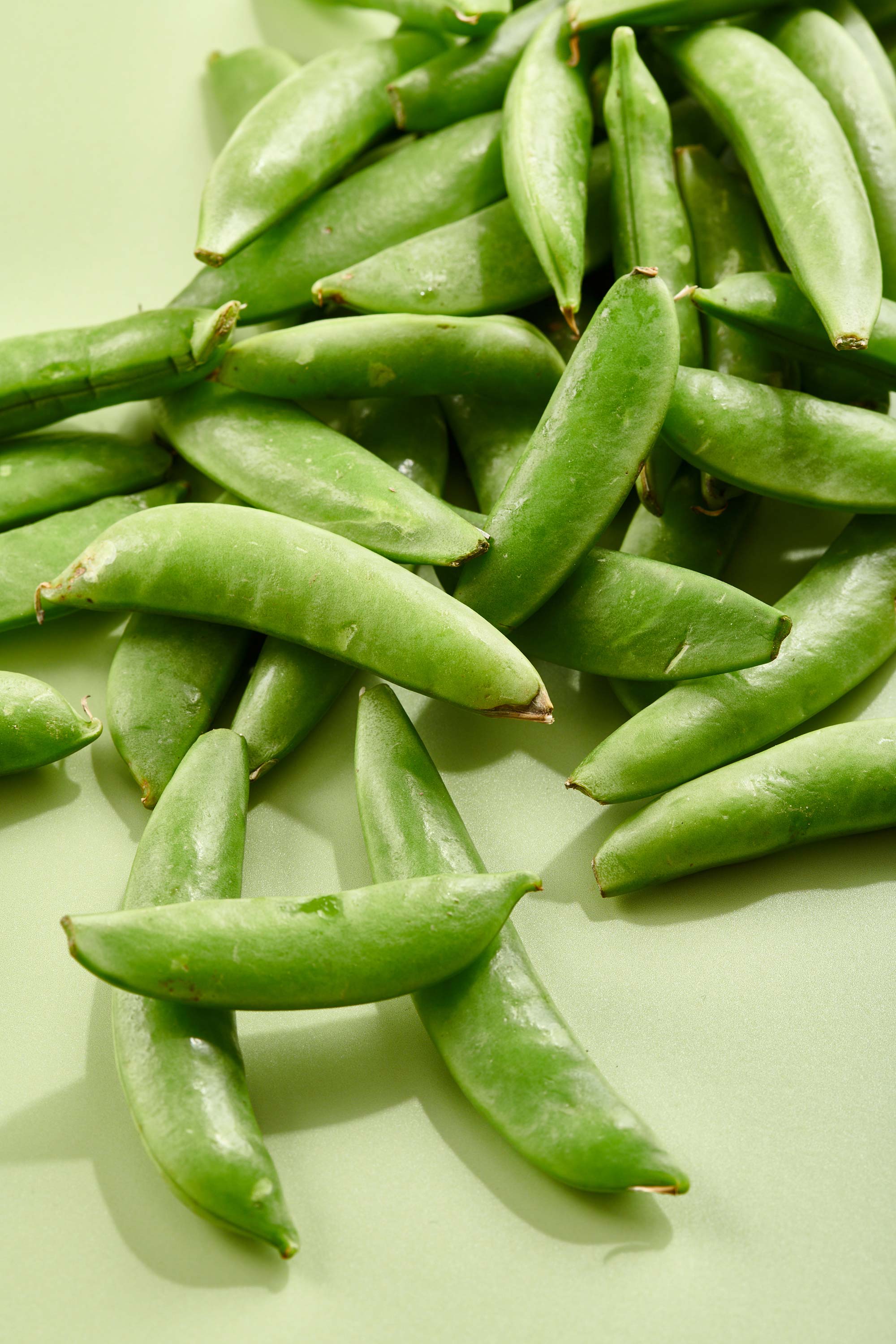
How to Cook Sugar Snap Peas: Everything you need to know about how to choose, store, de-string, clean, cook, and eat sugar snap peas!
How to Choose the Freshest Sugar Snap Peas
To pick the best snap peas for eating raw or cooked, look for a vibrant green color and a firm, plump outer pod with as few blemishes or soft spots as possible. Snap peas tend to lose their appealing crispness and “snap” as they age. They also don’t store for long, so once you pick out a winning bunch, enjoy them fairly soon. Otherwise, they can become tough and lose their sweet flavor.
Avoid snap peas with blemishes or that look dull or slightly mottled. You also should not buy peas that look dry, and if you can hear loose peas rattling around in the shells, the pods are probably past their prime.
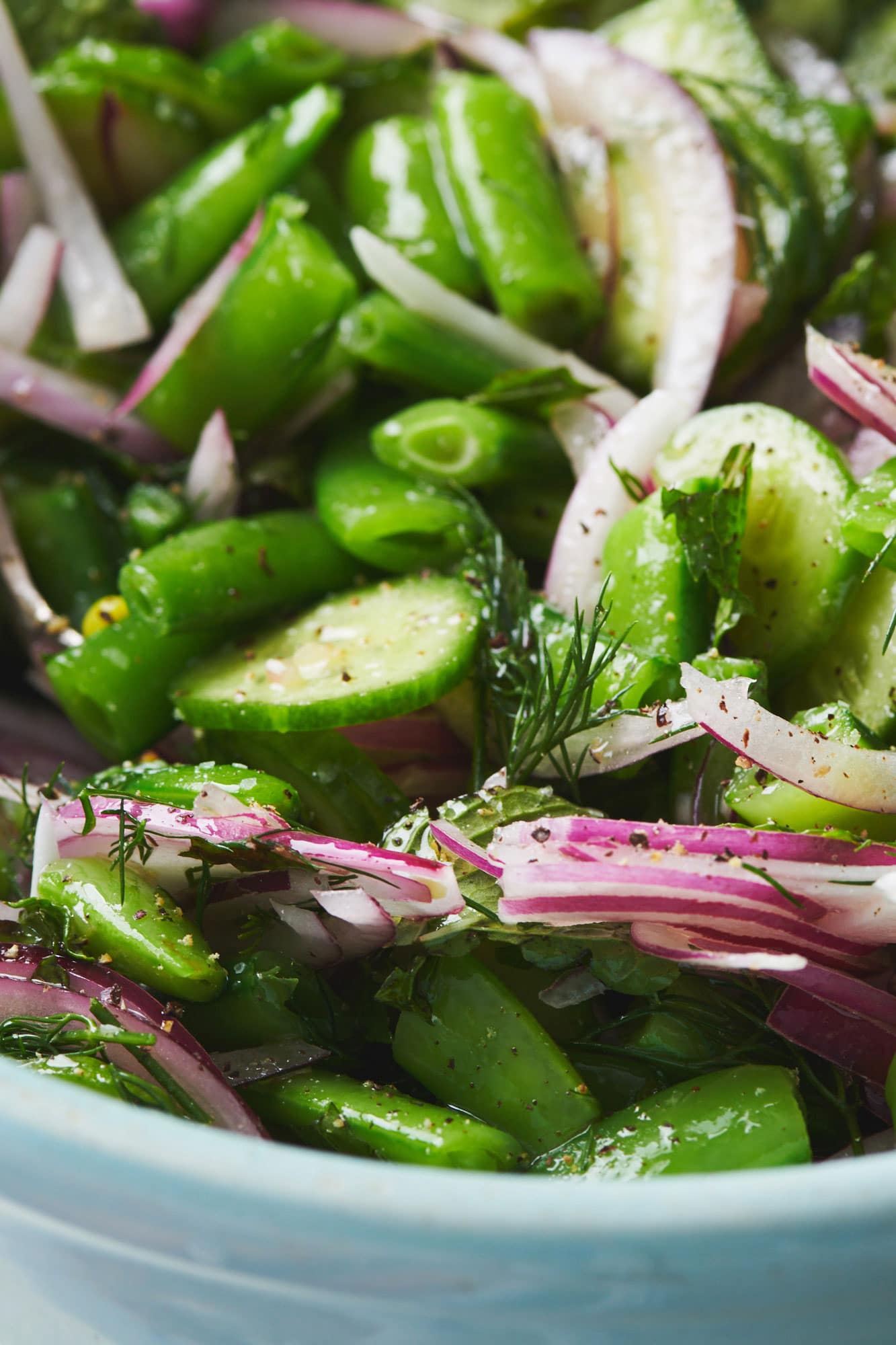
How to De-String Sugar Snap Peas
The younger the sugar snaps, the more delicate the string that runs on either side of the pod. However, the strings should still be removed for the best eating experience. It’s a slightly annoying task, but if you have a friend and a cup of coffee, it goes by quickly! If you are serving snap peas to young children or people with chewing difficulties, this is an important step. The strings can be hard to chew and swallow.
Rinse your sugar snap peas in cold water. Slice or snap off one of the tips of each pod and use that tip to pull the string down and off one side of the pod. Do the same with the other tip, pulling it down and removing the string from the other side of the pod. Repeat!
The day I found a bag of string-less or de-stringed sugar snap peas in the supermarket was a game-changer. Keep your eyes open for those, which are a huge time saver!
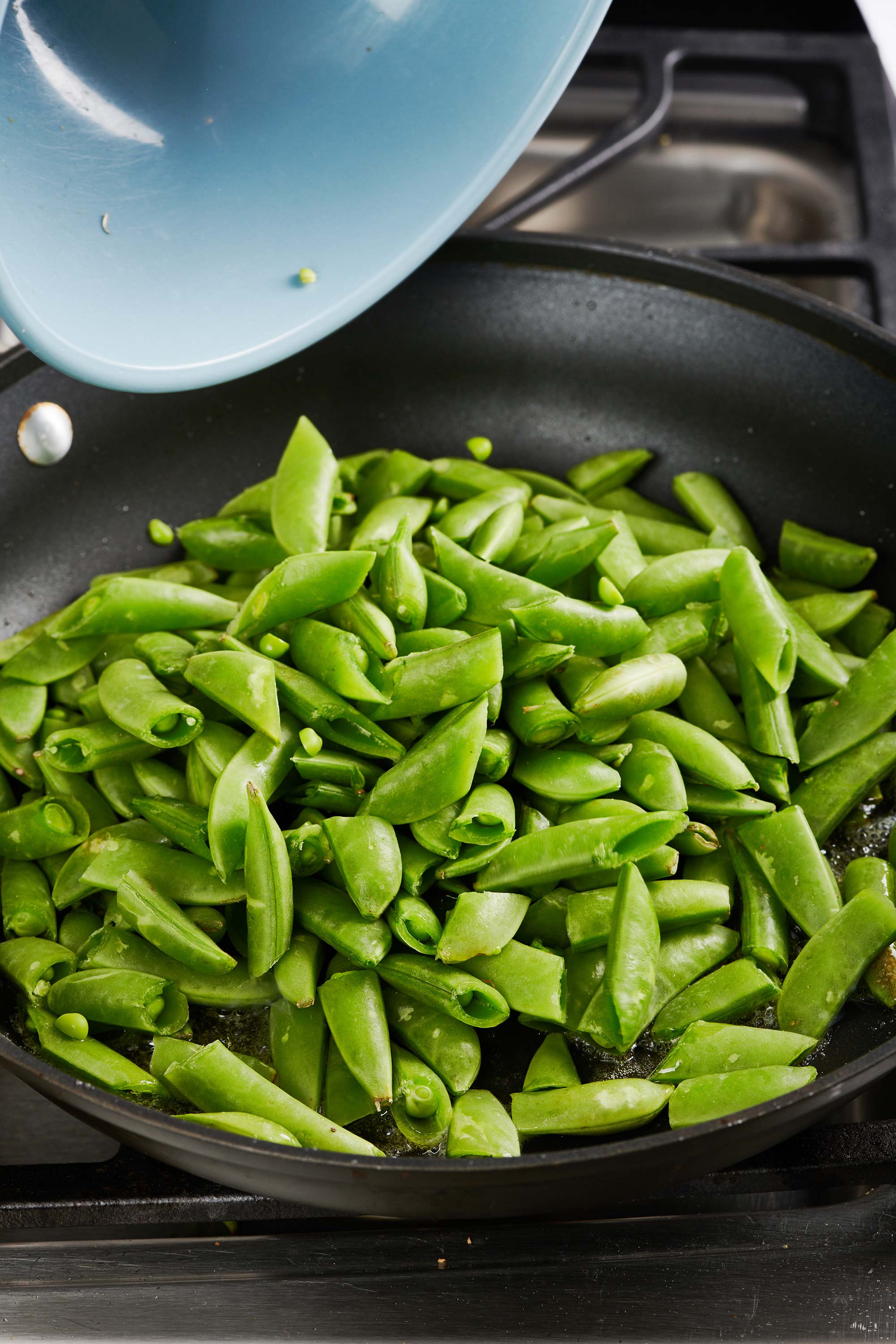
How to Store Sugar Snap Peas
The fresher sugar snap peas are, the better they are. Eating them as close as possible to the picking date is best. Store them in a plastic bag in the refrigerator to keep them at their freshest. Wash them only when you’re ready to eat or prepare them. They will keep like this for 3 to 5 days.
Snap Pea Substitutes
If you can’t find snap peas, snow peas are a similar variety with a comparable flavor. This variety is flatter and slightly less sweet because of the smaller size of the peas inside the pod, but it can be easily substituted.
Alternatively, snap peas can sometimes be found frozen, making them a great addition to cooked dishes even when out of season. Skip frozen sugar snaps for raw preparations.
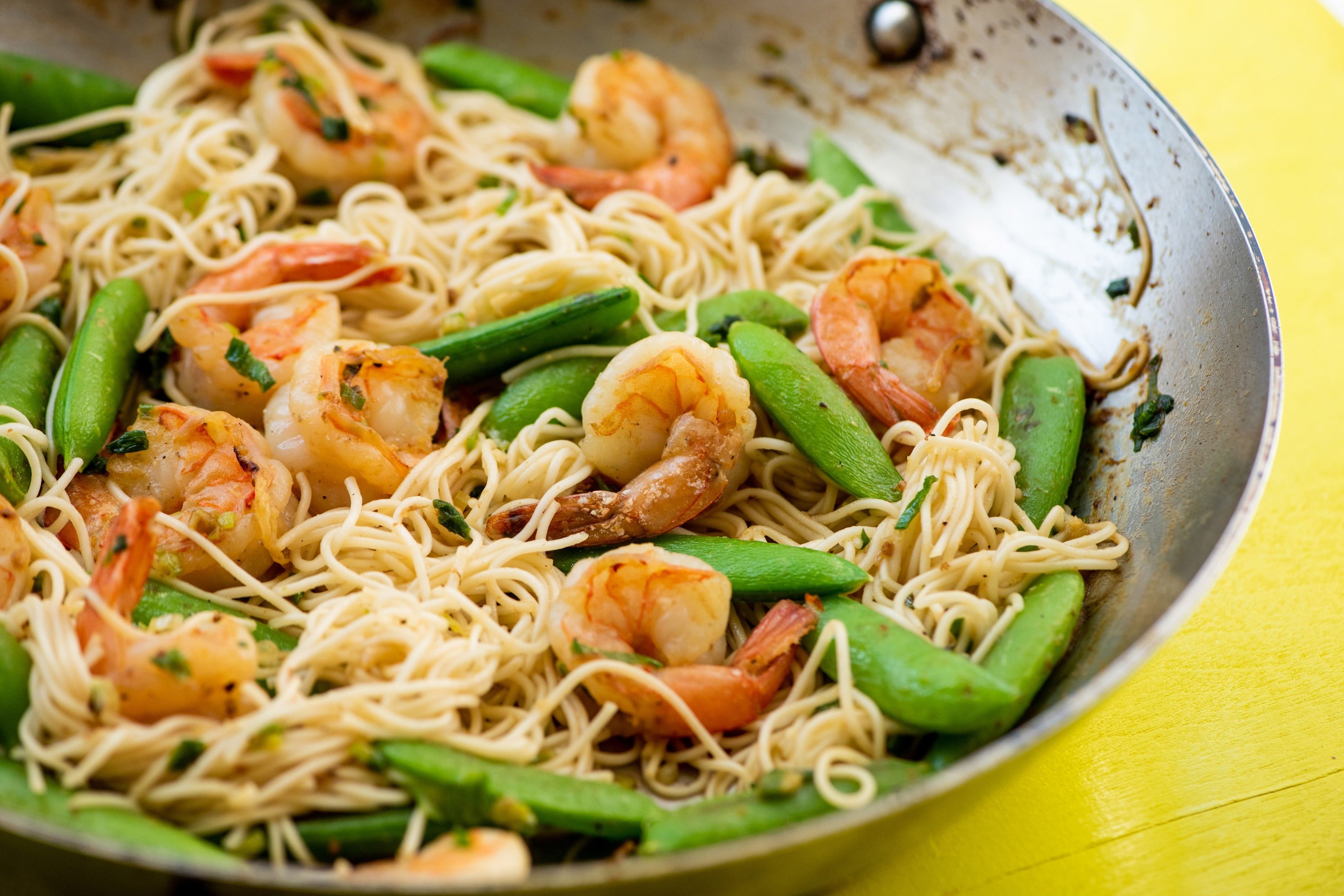
FAQs
Snap peas are delicious whole, pod and all. You can eat them as is after washing them, but for a slightly more elegant eating experience, consider removing their tough, fibrous string (see above). The pod should stay intact, and you’ll have a tender, whole snap pea!
Yes! Raw snap peas can be a delicious snack, especially when paired with a dip like hummus. They don’t have to be just snacks, though — raw snap peas can shine in dishes like salads. Especially when raw, consider de-stringing them to remove the more fibrous string that can be tough to chew.
Sugar snap peas typically appear at farmers’ markets in late spring and early summer. Snap peas grow best in cooler environments with some moisture, like the northeastern U.S. Though usually not as abundant, these peas are also harvested in the fall, making them available around October as well. In slightly warmer parts of the U.S., snap peas are grown nearly year-round.
Sugar snap peas are seriously nutritious! Very low in calories and fat and high in vitamin C. They also provide fiber, which regulates digestion and helps you feel satiated. They have a low calorie content, around 27 calories per cup, and offer iron and potassium (via Verywell Fit). Snap peas have only positive nutritional value and are a great component of a healthy diet.
How to Use Sugar Snap Peas
With very fresh snap peas, use their texture to your advantage and stick with simple uncooked recipes like this sugar snap pea salad or vegetarian pasta salad.
With slightly older snap peas, try sautéing them or adding them to a stir-fry when, once lightly cooked, their super-crisp bite isn’t a crucial component. Try this chicken, broccoli, and sugar snap pea stir fry or soy-glazed sugar snap peas.
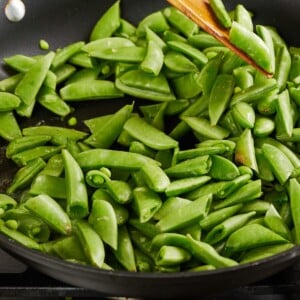
Sautéed Sugar Snap Peas
Ingredients
- 1 tablespoon olive oil
- 1 pound sugar snap peas (trimmed)
- Kosher salt and freshly ground pepper (to taste)
Instructions
- In a large skillet or a wok, heat the oil over medium-high heat until it’s very hot. Add the sugar snap peas and sauté for 3 minutes, until just barely crisp-tender. Season with salt and pepper and serve.
